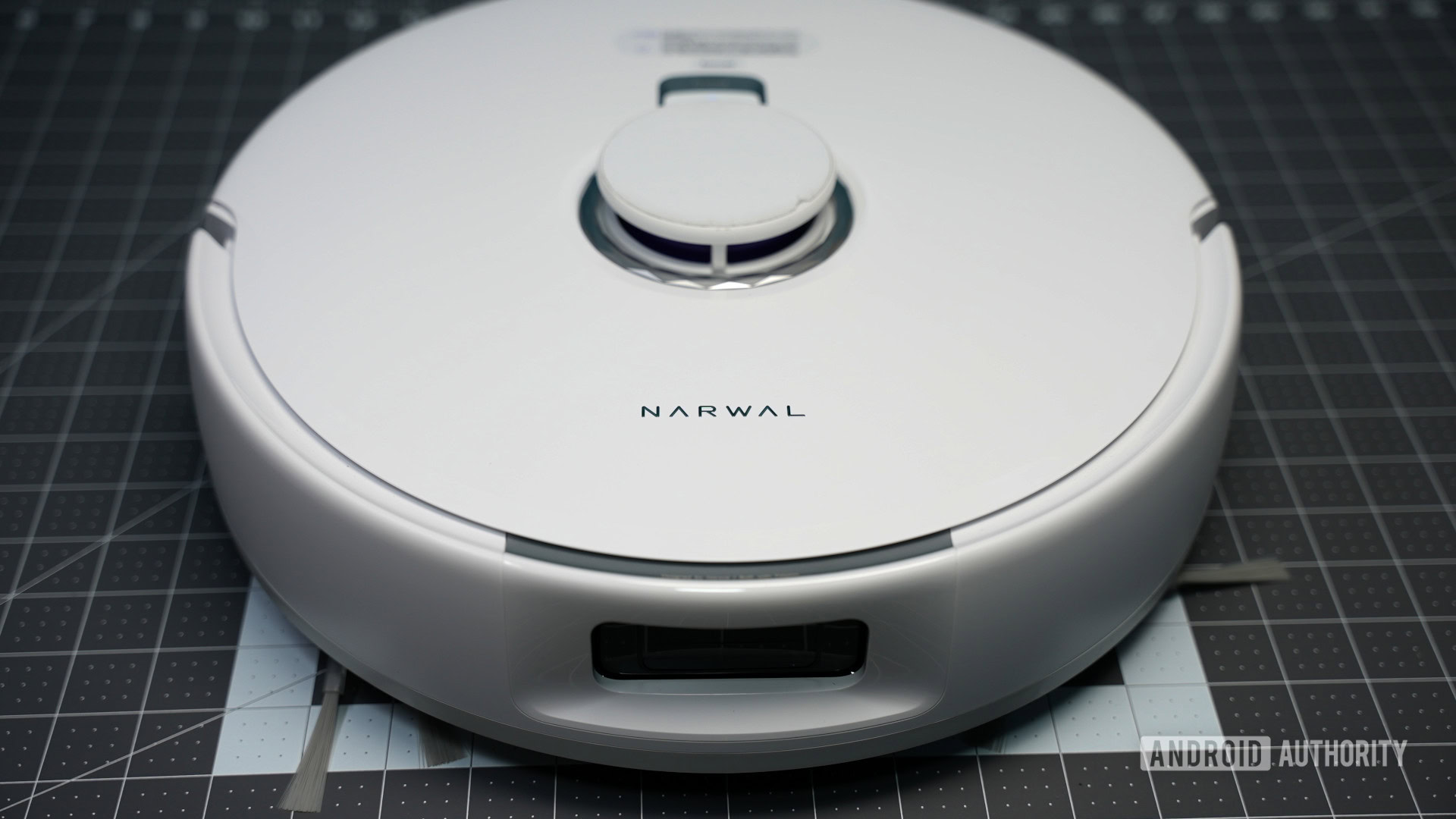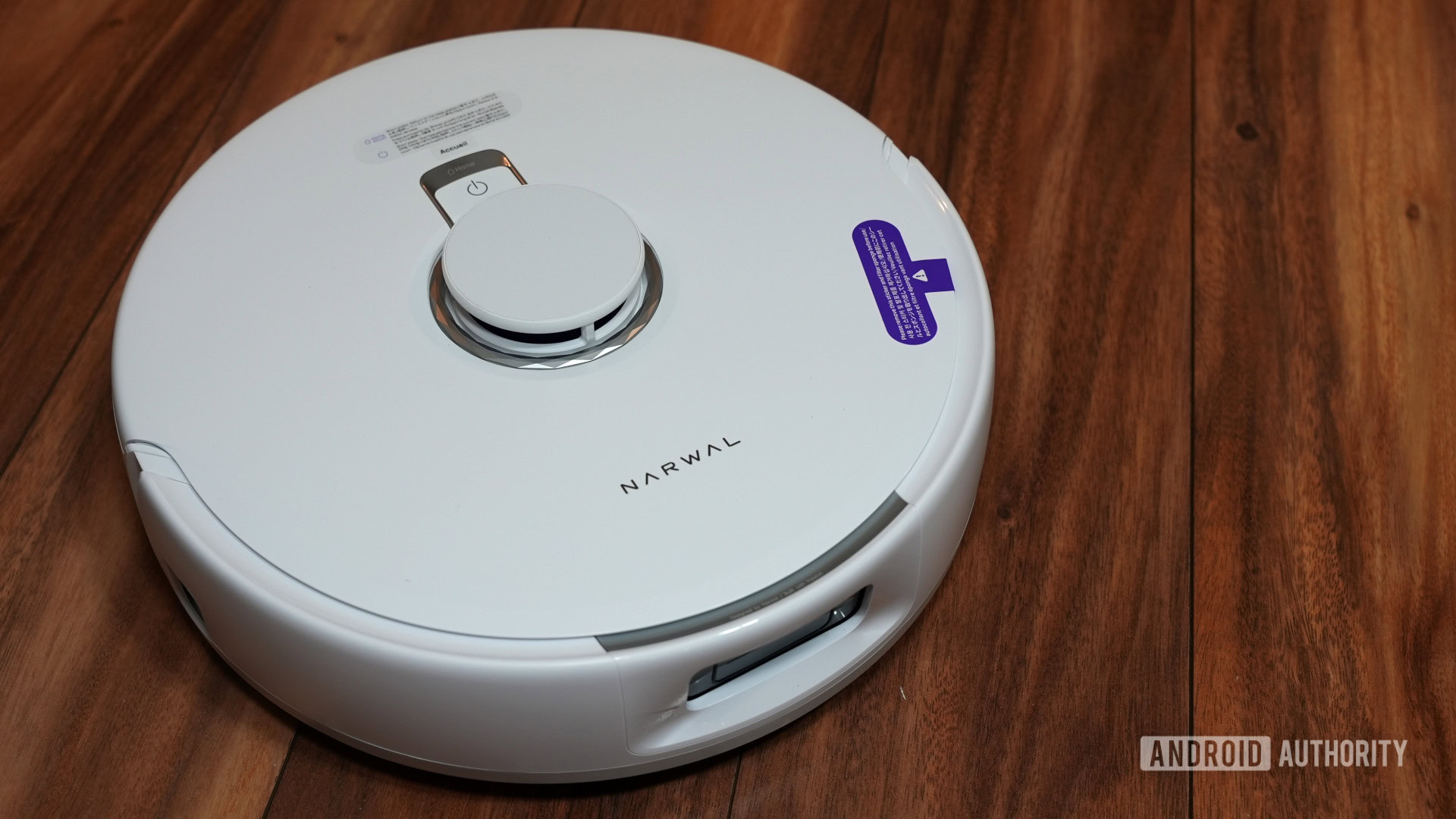What Does a Car Warranty Cover (and What It Doesn’t)?
Explore the essentials of car warranties: what they cover, key exclusions, and expert tips for smart protection.

When it comes to purchasing a vehicle, understanding the ins and outs of a car warranty is essential. Car warranties serve as a safety net, ensuring that drivers are protected against certain repair costs and mechanical failures. However, the complexity of these agreements often leaves car owners feeling uncertain about what is actually covered. In this blog, we’ll explore ten crucial aspects of car warranties, clarifying what they typically cover and what they may exclude.
1. Understanding the Basics of Car Warranties
A car warranty is essentially a contract between the vehicle owner and the manufacturer or dealer, providing coverage on certain components of the car for a specified period of time or mileage. There are primarily two types of warranties: the manufacturer’s warranty, which is included with new cars, and extended warranties that can be purchased later. Each warranty will have its own conditions and stipulations, making it vital for car owners to read the fine print.
2. The Manufacturer’s Warranty: What It Covers
The manufacturer’s warranty, often called a bumper-to-bumper warranty, typically covers the majority of components in new vehicles under normal conditions. This includes critical components such as the engine, transmission, electrical system, and other essential parts. Depending on the manufacturer, this warranty often lasts for three to five years or up to a certain mileage, commonly 36,000 to 60,000 miles, providing peace of mind for new car buyers.
3. What’s Included in the Powertrain Warranty?
While the manufacturer’s warranty covers a wide range of components, the powertrain warranty specifically focuses on the engine, transmission, and drivetrain. This warranty is crucial for car buyers as it addresses the most expensive parts to repair or replace. The duration of a powertrain warranty can vary, with many manufacturers offering it for longer periods than their bumper-to-bumper coverage, often extending up to 100,000 miles.
4. The Importance of Roadside Assistance
Many vehicle manufacturers and dealerships include roadside assistance in their car warranty packages. This service covers a variety of emergencies, such as towing, flat tire changes, and fuel delivery. Roadside assistance can be particularly beneficial for drivers who may face unexpected issues while on the road, providing an added layer of security.
5. What’s Not Covered: Understanding Exclusions
Understanding what is excluded from a car warranty is just as essential as knowing what it covers. Common exclusions include routine maintenance costs like oil changes, tire rotations, and brake pad replacements. Additionally, wear-and-tear items such as batteries, belts, and brake pads may not be covered. Furthermore, damages resulting from accidents, misuse, or modifications often void warranty claims.
6. The Role of Scheduled Maintenance
Regular scheduled maintenance is crucial for keeping your car in good running condition and is often a stipulation in warranty agreements. Failure to adhere to the recommended maintenance schedule can lead to voided warranties. Therefore, it's essential for car owners to keep detailed records of all services performed, including oil changes and inspections, to ensure they remain eligible for warranty coverage.
7. Extended Warranties: Are They Worth It?
Extended warranties, or service contracts, provide additional coverage beyond the original manufacturer’s warranty. Purchasing an extended warranty can be a smart decision for drivers who plan to keep their vehicle long-term or who own vehicles known for having high repair costs. However, these warranties can vary significantly in coverage and price, making it crucial for customers to conduct thorough research and comparison before deciding.
8. Understanding Deductibles and Claim Processes
When filing a warranty claim, car owners may be required to pay a deductible, which is the amount the owner must contribute before the warranty covers the remaining costs. It’s important to understand how these deductibles work, including the potential cost implications of having to pay them for multiple claims. Additionally, each manufacturer or dealer will have specific procedures for filing claims, so knowing these steps can facilitate a smoother experience.
9. The Impact of Neglect and Modifications on Warranties
Neglecting necessary maintenance or making unauthorized modifications to your vehicle can lead to warranty issues. Many warranties include clauses stating that improper maintenance or aftermarket modifications can void the warranty. For instance, adding a performance exhaust system or custom tuning a vehicle can create complications if problems arise, making it essential for car owners to consider the implications of these changes.
10. The Future of Car Warranties: Trends and Changes
As automotive technology continues to evolve, so too does the landscape of car warranties. With the rise of electric and hybrid vehicles, manufacturers are introducing new warranty terms tailored to address the unique components and potential issues related to these cars. Additionally, advancements in connectivity and telematics mean that car owners may soon have access to enhanced warranty coverage options through data-driven insights. This rapidly changing environment highlights the importance of staying informed about current trends in warranties.
In conclusion, knowing what a car warranty covers and what it doesn't is crucial for every vehicle owner. It not only helps in making informed purchasing decisions but also ensures that drivers are adequately prepared for any unexpected expenses that may arise. Understanding these ten aspects can empower car owners to navigate the complexities of their warranties effectively, providing them with peace of mind on the road.
What's Your Reaction?
 Like
0
Like
0
 Dislike
0
Dislike
0
 Love
0
Love
0
 Funny
0
Funny
0
 Angry
0
Angry
0
 Sad
0
Sad
0
 Wow
0
Wow
0





















































